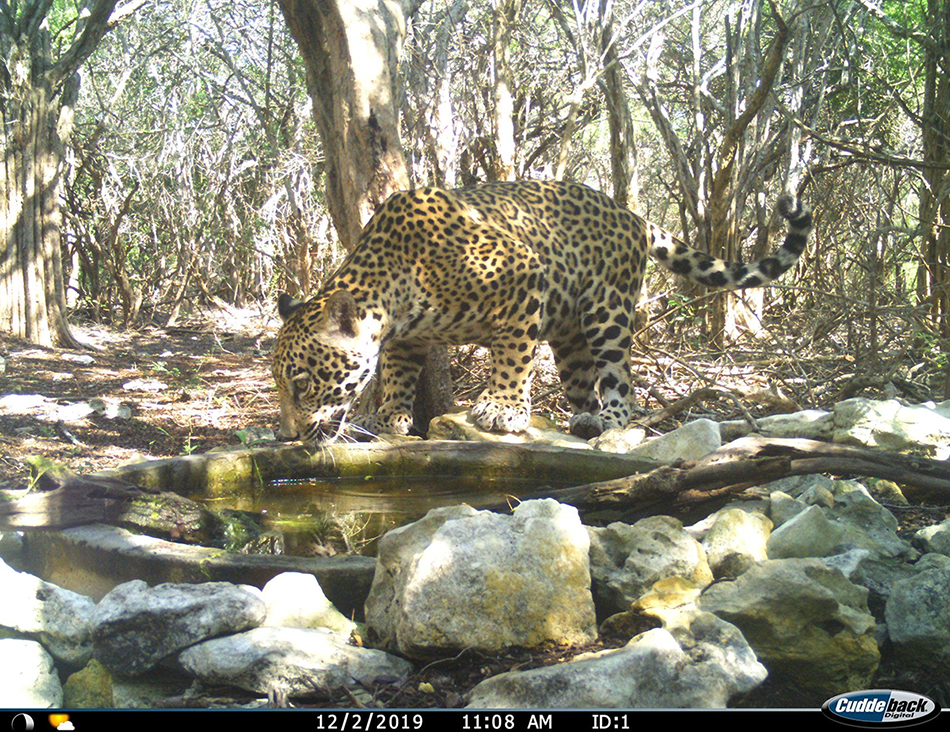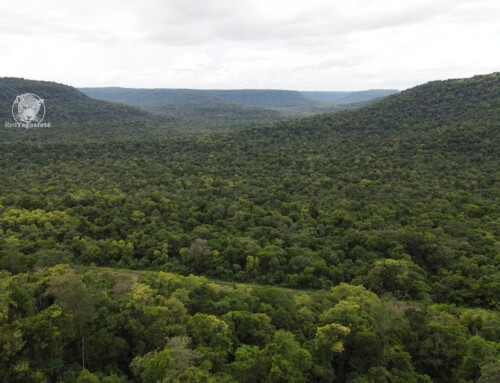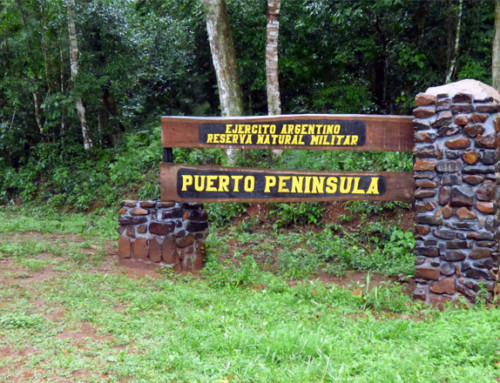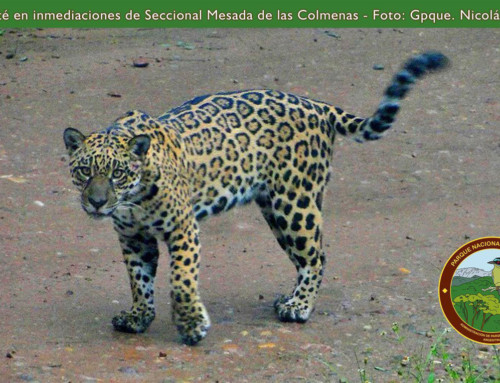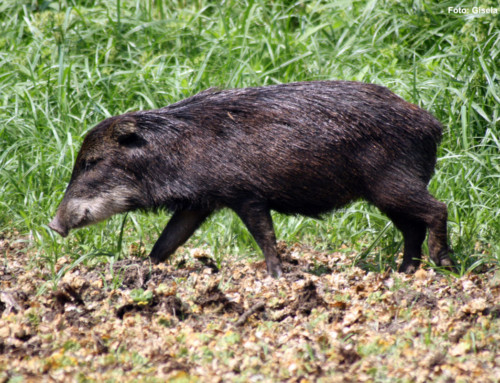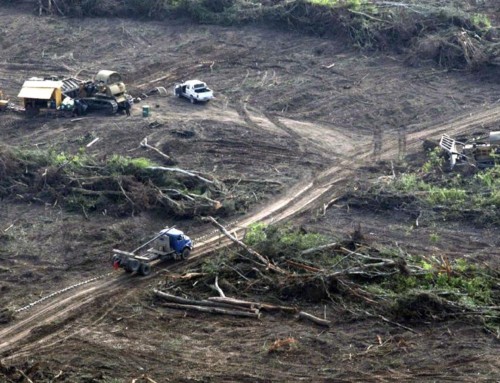The urgent need to implement water sources for wildlife in protected areas of the Impenetrable Chaco.
During certain times of the year in the Chaco Seco region, water becomes really scarce, and in the heart of the Impenetrable, in the Loro Hablador and Fuerte Esperanza Provincial Parks of the Chaco province (as well as in many nearby areas), sometimes there are no available sources of the precious and vital liquid.
That is why in 2019 we recommend to the province of Chaco in our post-survey report of both protected areas the implementation of three (3) water sources (locally known as “dams”) within each one of them. This is a common practice in many properties in the region.
Said watering holes should have a surface of at least 10 x 10 meters and be fenced -at least 5 meters from the water each wire fence- to prevent the entry of domestic livestock -mainly cows- that, in violation of current legislation, neighboring residents freely maintain and without major safeguards within both Provincial Parks, given the historical passivity of the provincial authorities.
At the same time, camera traps should be installed at these sites to monitor their use by wildlife.
In this way, with really simple infrastructure works (a well and a fence), water and shelter will be provided against potential hunting events, since in private dams it is very common for their owners to bet while waiting for the fauna that approaches. water, giving them easy death. How many of the rare and highly threatened jaguars of Chaco die each year in these unsafe places?
The same system was also proposed for the Copo National Park, located in Santiago del Estero, in the Emergency Plan for the Conservation of the Yaguareté in the Argentine Chaco Region (Action B.4.6.). However, in three years no progress was made with any, in a clear sign of disinterest on the part of the National Parks Administration in this matter.
Image: A jaguar using one of the 13 artificial troughs that were specially placed to supply water to wildlife in the San Manuel Wildlife Management and Use Unit (UMA), in the Yucatan Peninsula, in Mexico. There, 20 other species were also recorded using these systems, such as pumas, coatis, coyotes, etc.


